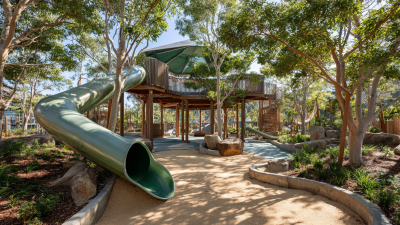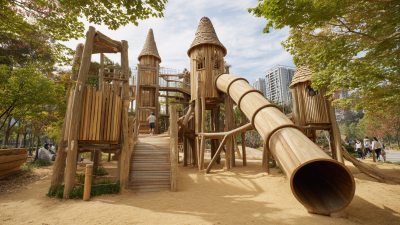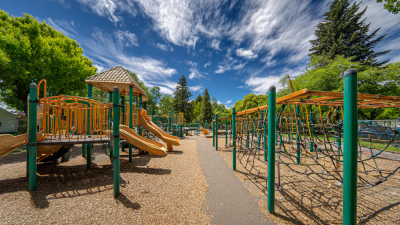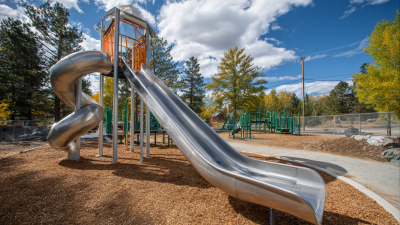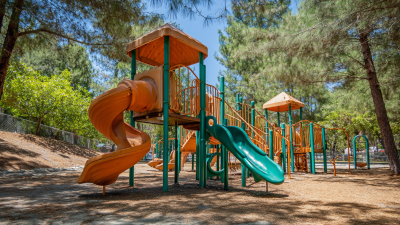 +86-13901441113
+86-13901441113




When it comes to selecting the ideal Playground In The Park for family fun, thoughtful consideration is essential. A recent report from the Outdoor Foundation indicates that over 50% of families prioritize accessible and safe recreational spaces when planning outdoor activities. Additionally, the National Recreation and Park Association (NRPA) highlights that parks equipped with well-designed playgrounds can significantly boost children's physical activity levels, thereby supporting healthier lifestyles.
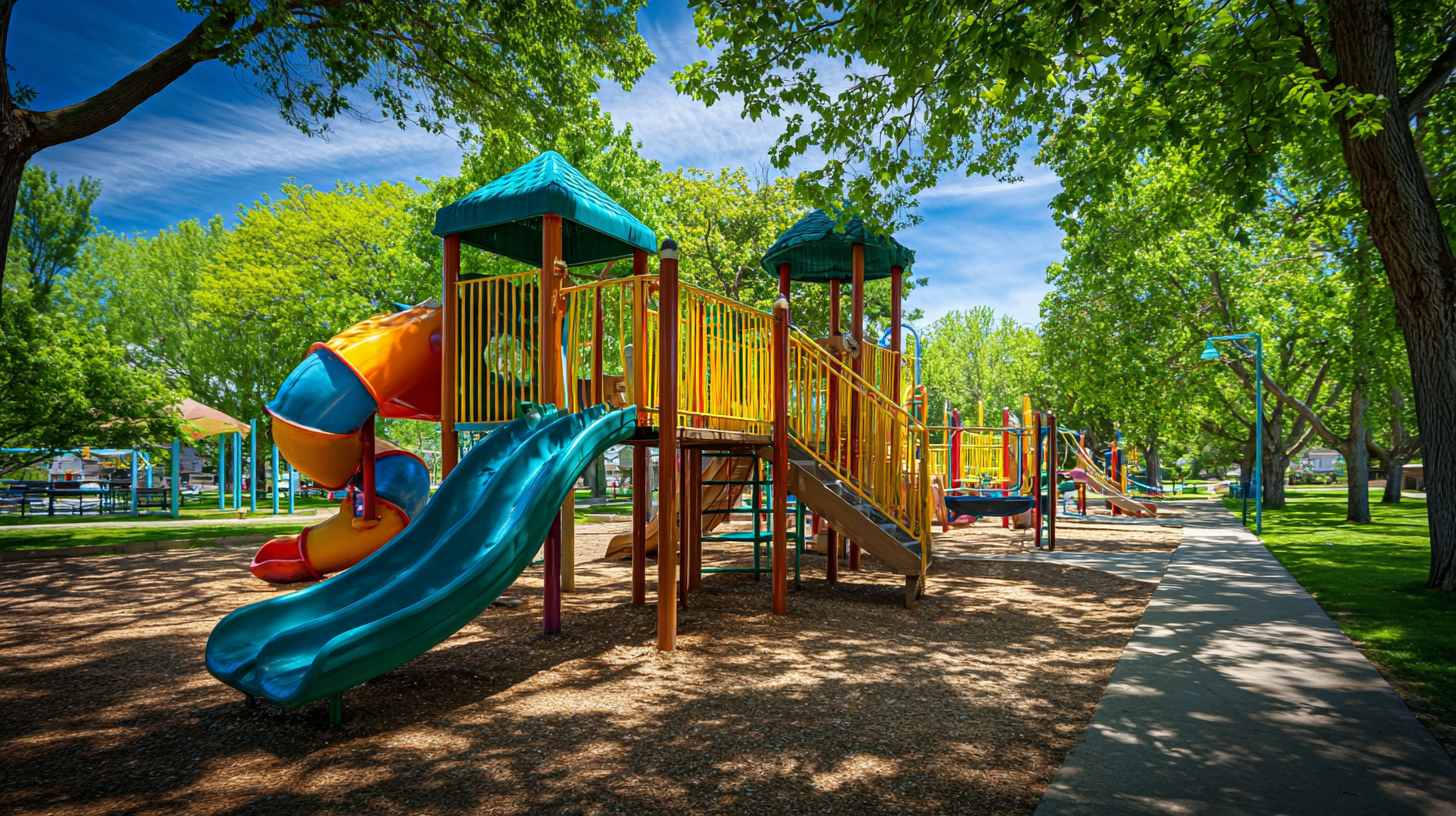
Choosing the right playground not only fosters a sense of community but also enhances social interactions among families. With various elements to consider—including safety, equipment variety, and proximity—parents must navigate these factors to ensure a worthwhile experience. This blog aims to provide essential tips to help families make informed decisions when seeking the perfect Playground In The Park, creating lasting memories and fostering physical and emotional well-being for children and their families.
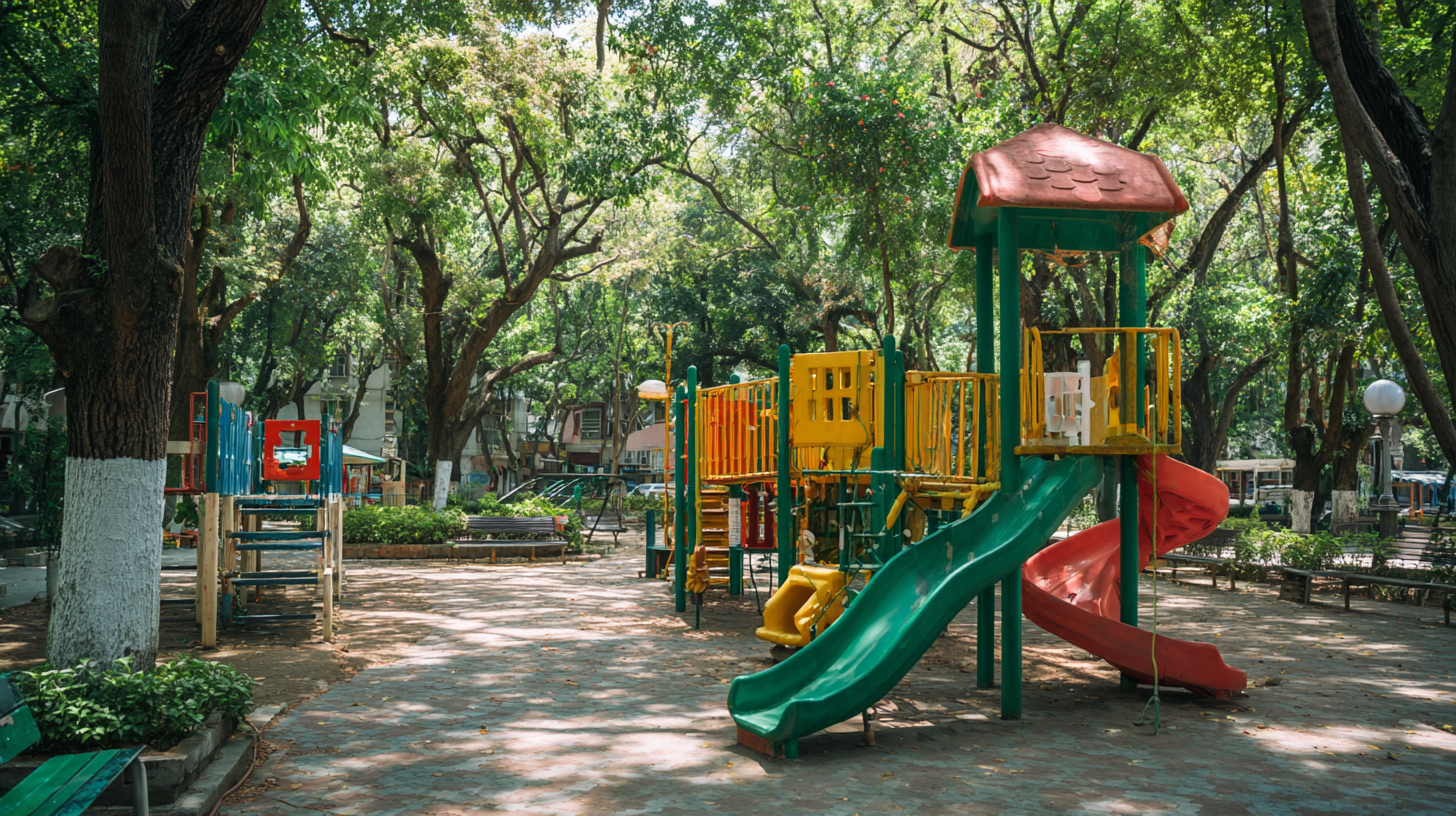 When selecting a playground in the park, safety should be your top priority, especially when it comes to playground equipment for children. Begin by checking for age-appropriate structures, as this ensures that the equipment caters to the developmental needs of your kids. Equipment designed for younger children typically has lower heights and softer surfaces, reducing the risk of injury during play.
When selecting a playground in the park, safety should be your top priority, especially when it comes to playground equipment for children. Begin by checking for age-appropriate structures, as this ensures that the equipment caters to the developmental needs of your kids. Equipment designed for younger children typically has lower heights and softer surfaces, reducing the risk of injury during play.
Another crucial tip is to inspect the materials used in the playground. Opt for equipment made from high-quality, non-toxic materials that can withstand weather conditions and wear and tear. Look for features such as rounded edges and cushioning surfaces, which enhance safety and minimize accidents. Regular maintenance of the playground is also vital; ensure that any broken or damaged equipment is reported promptly to maintain a safe environment.
Lastly, consider the overall design and layout of the playground area. Well-organized equipment encourages better supervision and allows children to play freely without overcrowding. Spaces between structures should provide ample room for kids to run and explore without bumping into one another. By keeping these factors in mind, you can ensure your family has a safe and enjoyable time at the park.
When selecting the perfect playground in the park for family fun, understanding age-appropriate play structures is crucial. Younger children, typically aged 2 to 5 years, thrive on equipment designed with their developmental needs in mind.
Soft play areas with low platforms and gentle slides ensure that toddlers can explore safely, while imaginative play structures, like small houses or tunnels, encourage social interaction and creativity. Additionally, these structures should have safety features such as rounded edges and soft ground coverings to minimize the risk of injury.
For children aged 6 to 12 years, play structures should offer more challenging elements to cater to their growing abilities. Climbing walls, obstacle courses, and swings with varying heights promote physical development and coordination.
It's essential to look for equipment that encourages both individual play and group activities, fostering teamwork and communication skills.
Ensuring that the playground is designed to accommodate various developmental stages not only provides safety but also enriches the play experience, allowing children to grow and learn through play in a supportive environment.
When selecting the perfect playground for family fun, it's essential to consider accessibility features that make the space inclusive for children with disabilities. Playgrounds designed with accessibility in mind allow all children, regardless of their physical abilities, to engage in play. This means incorporating ramps, wider pathways, and specially designed equipment that accommodate wheelchairs and mobility devices. The presence of tactile elements and interactive installations can enhance sensory experiences for children with visual impairments, creating a rich, engaging environment for everyone.
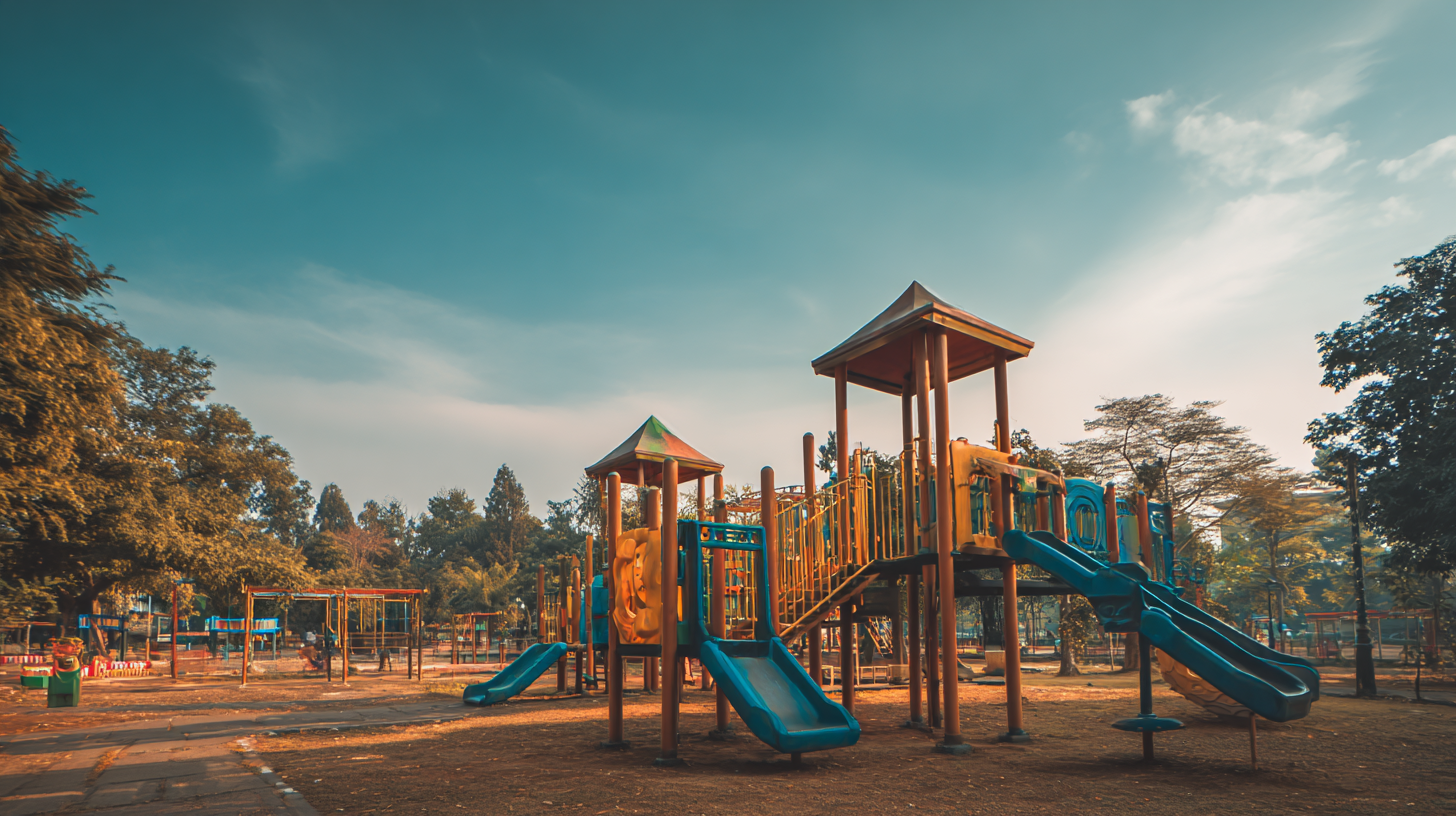
Furthermore, safety is paramount in playground design. Accessible playgrounds should include safety surfaces that can support mobility devices and minimize the risk of injury. Features like adaptive swings with harnesses or sensory panels can promote social interactions among children of all abilities. By prioritizing inclusivity and safety, parks can foster an environment where every child feels welcome and empowered to explore, learn, and play freely. Investing in such spaces not only benefits children with disabilities but also enriches the community, bringing families together in a shared experience of discovery and joy.
When choosing the perfect playground in the park for family fun, prioritizing locations with adequate supervision and safety measures is crucial. Parents should look for playgrounds that are maintained regularly and staffed adequately to ensure the child’s safety. Additionally, seating areas should be conveniently located for parents to keep a watchful eye on their children. It’s important to select playgrounds equipped with safe equipment, including soft ground surfaces, proper age groups for play structures, and well-defined boundaries.
In an age where many existing regulations aim to safeguard community spaces, parents can also benefit from being aware of safety measures already put in place. Just like in other public environments, such as pools which emphasize water safety precautions, playgrounds should likewise have clear guidelines and signage regarding rules and supervision protocols. This awareness not only helps ensure a safer experience but empowers parents to engage confidently in their children's outdoor activities, fostering an environment of fun and security.
| Location | Supervision Availability | Safety Features | Age Appropriateness | Accessibility |
|---|---|---|---|---|
| Central City Park | On-site staff during peak hours | Rubber flooring, fenced area | Ages 2-12 | Wheelchair accessible |
| Sunnydale Community Park | Supervised play sessions | Cushioned surfaces, regular maintenance | Ages 3-8 | Easy access from parking |
| Greenwood Park | Volunteer monitors | Safe equipment, shaded areas | All ages | Direct path from bus stop |
| Riverside Playground | No supervision | Well-marked emergency exits | Ages 5-15 | Partially accessible |
When selecting the ideal playground in the park, it’s essential to consider the role of natural elements in promoting child development. Research indicates that children who engage in outdoor play that incorporates natural features—such as trees, water, and diverse landscapes—exhibit improved cognitive skills and greater creativity compared to those in conventional play settings. A report from the National Association for the Education of Young Children highlights that environments enriched with natural elements can stimulate exploration and lead to enhanced problem-solving abilities in children.
The "Park City" concept, introduced in China in 2018, emphasizes integrating natural green spaces within urban settings. This approach resonates with findings from different studies stating that green surroundings not only encourage physical activity but also foster emotional well-being. For instance, a study published in the Journal of Environmental Psychology found that children playing in nature-infused environments showed a noticeable reduction in stress levels and increased happiness. Communities worldwide, including initiatives like Singapore's nature play zones, are increasingly incorporating these insights, moving beyond traditional playgrounds to create spaces that nurture both physical and psychological growth for children.
This chart represents the evaluation of various natural elements in playgrounds and their corresponding effect on different aspects of child development. The data indicates the percentage impact of features like trees, grass, and water on physical, social, and cognitive development.
